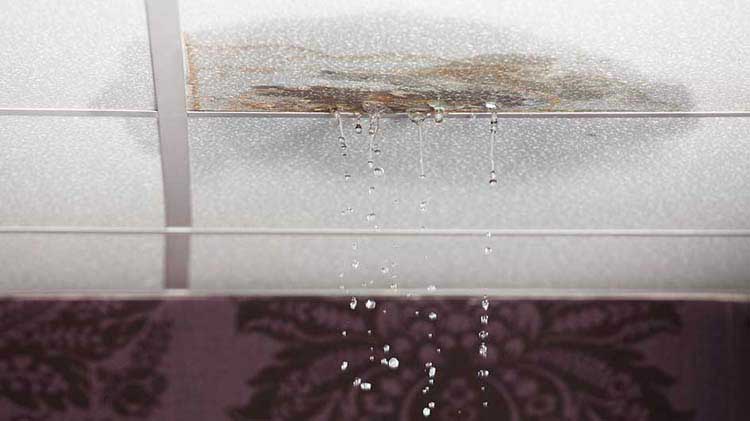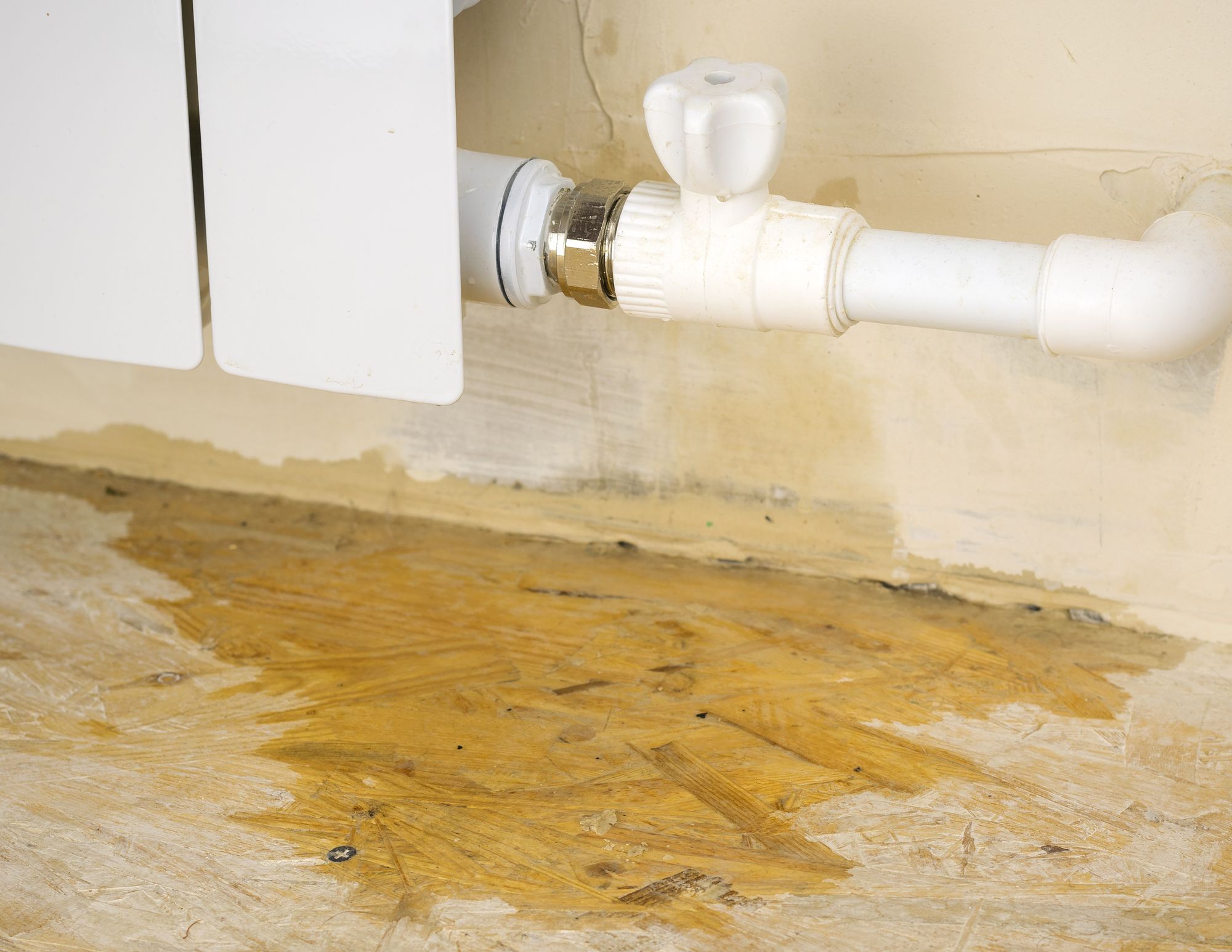What are your thoughts and feelings about How to Find Water Leaks?

Leaks not only cause waste of water but can also cause unneeded damage to your residence and promote undesirable natural development. By looking as well as understanding for day-to-day scenarios that trigger leaks, you can secure your house from future leaks and unneeded damages.
Instant temperature changes.
Severe temperature adjustments in our pipelines can trigger them to expand and also acquire unexpectedly. This expansion and tightening might cause fractures in the pipes, specifically if the temperature are below freezing. It would certainly be best if you kept an eye on exactly how your plumbing functions. The presence of the formerly pointed out scenarios frequently shows a high danger.
Corroded water supply
This might be the cause of discoloration or bending on your water pipes. If our plumbing system is old, consider replacing the pipes since they are at a higher danger of corrosion than the more recent designs.
Defective Pipeline Joints
The point at which your pipelines connect is frequently the weakest web link in the waterline. Pipe joints can wear away over time, resulting in water leaks. The majority of pipe joints are not quickly visible. If you have noisy pipelines that make ticking or banging sounds, especially when the warm water is activated, your pipeline joints are possibly under a great deal of stress. It is suggested to have your plumber evaluate your system annually.
Encroaching origins
Many water leakages begin outside the house rather than inside it. If you notice an abrupt reduction in water stress, say in your tap, require time to head out and examine your yard. You might observe damp patches or sinkholes in your yard, which could indicate that tree roots are getting into water lines creating water to permeate out. You can have your plumber look for breach, specifically if you have trees or hedges near your residential property.
Poor Water Connectors
At times, a leak can be caused by loosened pipes and pipelines that supply your appliances. In instance of a water connections leak, you might see water running directly from the supply line or pools around your appliances.
Clogged Drains
Blocked drains pipes might be annoying as well as inconveniencing, yet they can often wind up creating an overflow resulting in burst pipes. Maintain removing any type of products that might drop your drains that can clog them to stay clear of such hassles.
All the above are sources of leakages however not all water leakages arise from plumbing leakages; some leaks could come from roofing leakages. All leaks need to be fixed immediately to avoid water damage.
Leakages not just create waste of water but can also cause unnecessary damages to your residence and promote undesirable organic growth. By understanding as well as looking for day-to-day situations that create leaks, you can protect your residence from future leaks and unnecessary damage. Today, we will certainly look at 6 leak triggers that might be triggering your pipelines to trickle.
At times, a leakage can be created by loose hoses as well as pipes that supply your home appliances. In instance of a water connections leak, you may observe water running straight from the supply line or pools around your home appliances.
How To Check For Water Leak In Your Home
How To Check for Leaks
The average household's leaks can account for nearly 10,000 gallons of water wasted every year and ten percent of homes have leaks that waste 90 gallons or more per day. Common types of leaks found in the home are worn toilet flappers, dripping faucets, and other leaking valves. These types of leaks are often easy to fix, requiring only a few tools and hardware that can pay for themselves in water savings. Fixing easily corrected household water leaks can save homeowners about 10 percent on their water bills.
To check for leaks in your home, you first need to determine whether you're wasting water and then identify the source of the leak. Here are some tips for finding leaks:
Take a look at your water usage during a colder month, such as January or February. If a family of four exceeds 12,000 gallons per month, there are serious leaks.
Check your water meter before and after a two-hour period when no water is being used. If the meter changes at all, you probably have a leak.
Identify toilet leaks by placing a drop of food coloring in the toilet tank. If any color shows up in the bowl after 10 minutes, you have a leak. (Be sure to flush immediately after the experiment to avoid staining the tank.)
Examine faucet gaskets and pipe fittings for any water on the outside of the pipe to check for surface leaks.
Undetected water leaks can happen without the home or business owner even realizing. If you suspect a water leak, but not able to find the source. It is time to contact a professional water leak detection service, The Leak Doctor.
How To Find a Water Leak In Your Home
https://www.leakdoctor.com/blog/How-To-Check-For-Water-Leak-In-Your-Home_AE197.html

Do you appreciate more info about Common Water Leaks In House? Try leaving a short review down the page. We'd be pleased to hear your thinking about this article. In hopes to see you back again in the future. In case you appreciated our post plz be sure to pass it around. I treasure reading our article about Common Water Leaks In House.
Source